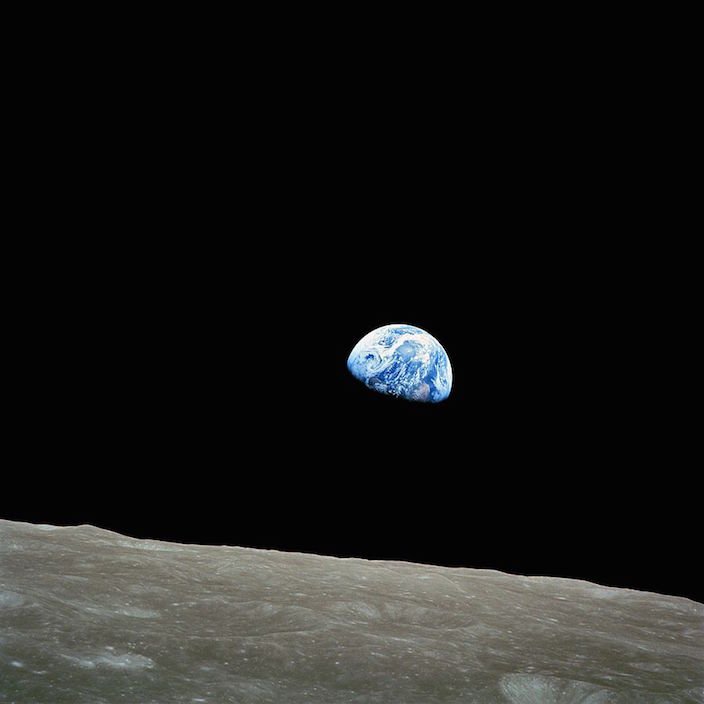Our solar system is home to at least 181 moons – that’s probably 180 more than you thought, right? And unlike our own dull rock, some of these moons are breathtakingly beautiful, geologically active, and may potentially harbour life. There are more to moons than meets the eye.

Humans have always been fascinated with moons, starting with our own. In the early 1600s, both Galileo and Simon Marius discovered four moons of Jupiter, massive objects that yet could only be seen due to advancements in telescopy. Over the next four centuries, astronomers, physicists, scientists and researchers have continued to find more and more moons – both in our solar system and beyond it.
Humans first landed on Earth’s moon – you may have heard about that – in 1969. The Russians had been visiting for the decade previously, but never in a manned vehicle. Before that historic 1969 landing, US astronauts conducted fly-bys and testing of the essential equipment. Apollo 8’s crew were the first humans to fly past the far side of the moon – this is the hemisphere of the moon which always faces away from Earth, an effect known as tidal locking. The Apollo 8 mission orbited our moon ten times, seeing Earthrise for the first time and taking its picture (above).
Essential soundtrack:
The only other moon humans have successfully landed on is Titan, a moon of Saturn. So on our solar system’s scratch-a-map, we’ve still a ways to go. ESA’s Huygens probe landed on Titan in 2005, finding liquid hydrocarbon lakes and revealing a landscape that may be similar to early Earth. The lander sent data for 90 minutes before running out of juice. He’s still there, just not aware.
The Huygens probe was part of the Cassini mission, a greater program of discovery of our solar system. Not to rest on its laurels with the Huygens probe, the Cassini mission has gone on to find seven new moons of Saturn: Methone, Pallene, Polydeuces, Daphnis, Anthe, Aegaeon and S/2009 S 1. Sucks to be last.
Cassini next set its sights on Phoebe, an irregular moon of Saturn which had been discovered in 1899. An irregular satellite is one that is generally quite distant from its parent, and which has been captured into its orbit. Regular satellites, on the other hand, are supposed to have been formed at the same time as their parent planet. Phoebe is an unattractive beast, and may once have been a member of the Kuiper Belt, making her a distant cousin to Pluto.
Moons can be geologically active or inactive. Our own moon is quite inactive: inactive as a lump of dirt. But other moons can have volcanoes or even tectonics. One way this happens is through tidal heating – gravity of the parent planet forces parts of the moon to bulge, heating its insides and creating spectacular geological activity. The most geologically active moon in our solar system is Io. Pulled at from different sides by Jupiter and 3 of its large moons, Io spews up plumes of sulphur 500 kilometres above its surface.
News this week out of NASA shows water plumes erupting out of Jupiter’s moon Europa. Scientists have hypothesised for a few decades that Europa might have a subsurface ocean which, while exciting on its own, could also prove a location for life. Hubble’s latest pictures of the water plumes means that future missions will be able to sample the plumes (and whatever they may be hiding) without having to land on the surface and conduct drilling. Exciting times ahead for Europa.

But even ‘dull’ geologically inactive moons have plenty to tell us. Charon, the largest moon of recently demoted dwarf planet Pluto, sports a reddish cap in its northern polar region. Methane released from Pluto is captured by Charon, leading to a series of chemical events which eventually form tholin. That’s a distance of 19,000 kilometres in order to form these reddish-brown molecules, which may be the raw material necessary to make life.
Basically, if we’re going to find life anywhere else in this crazy old solar system, it’ll be on a moon. So get out there and learn some more about our bizarre neighbours this Space Week. Trust me, there is a whole lot more to moons than you could ever imagine.
Wanna know more? I recommend the Open University Moons course, offered for free on Futurelearn (no, this is not a sponsored post! It’s a really great course!).
